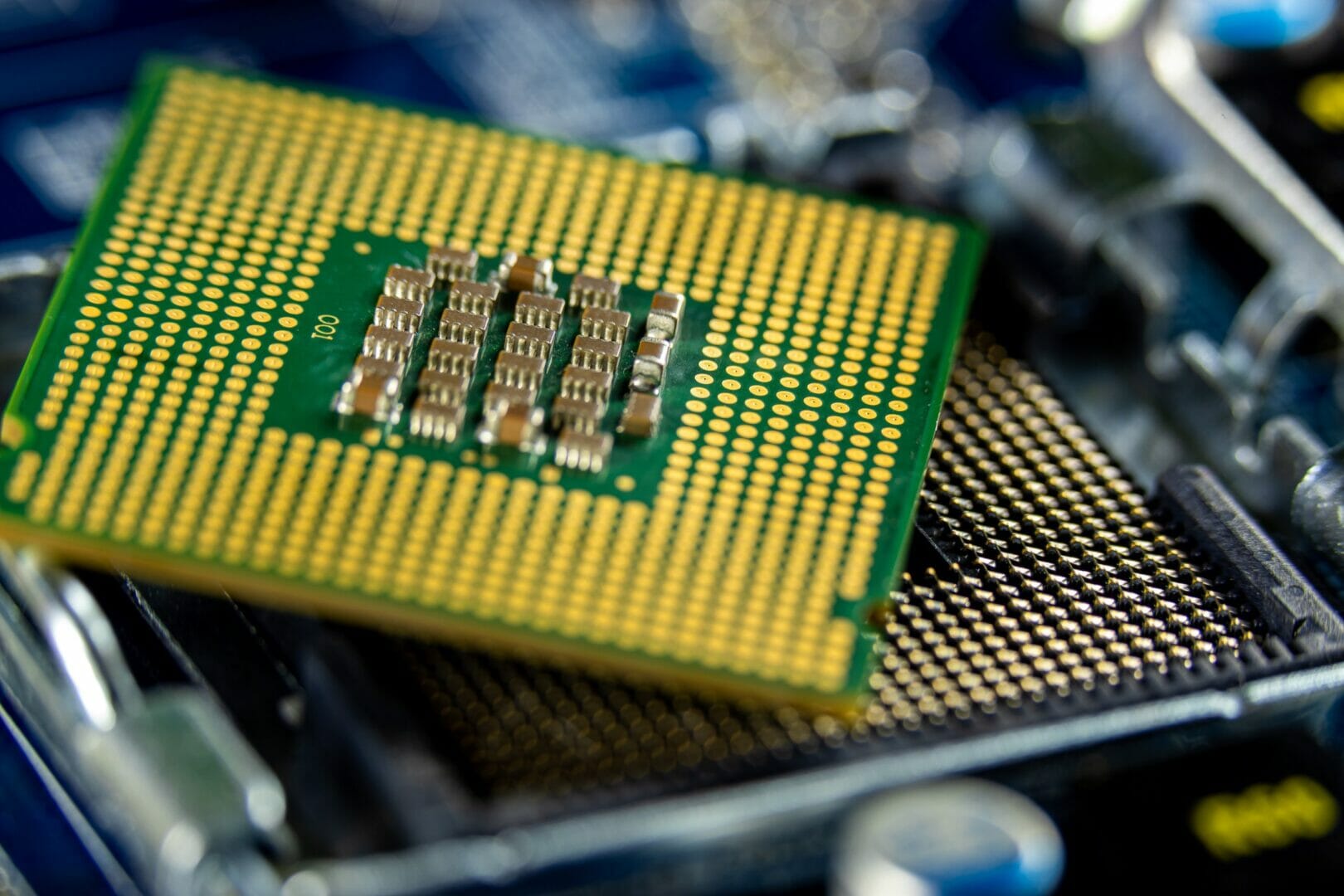A report by Adamas Intelligence predicts that if the global rare earth industry continues to exploit these resources in the same way, in three to five years demand will outgrow supply. This is worrying news for manufacturing, as a scarcity of rare earths would affect the production of high-tech products like electric vehicles and robots. Here, Neil Ballinger, head of EMEA at automation part supplier EU Automation discusses the importance of rare earths in manufacturing and how a circular economy model can help limit their use.
According to the author of The Structure of Rare-Earth Metal Surface, rare earth elements that we use today were born in a supernova explosion around ten billion years ago. They are in many products that are part our daily lives — inside fluorescent light bulbs, in the hard drives of PCs, mobile phones, electric vehicles and many other everyday products.
Physically, rare earths are not scarce. They are even more common in the earth’s crust than many other metals such as gold, uranium, or tin. However, they are considered rare because their mineable concentrations are less common than for most other ores. Since there is no way of reproducing them artificially, we have only a limited supply of these materials and no alternative to them can be found.
Applications of rare earths
Featured with unique magnetic, catalytic and optical properties, rare earths are widely used in many high-tech and low-carbon technologies, from hard disk drives, electric vehicles and fibre optic cables to missile guidance system, medical devices, and clean energy technologies.
Five rare earth minerals, tantalum, silver, lithium, gallium and indium, are widely used in modern technologies. For example, tantalum has been commonly used in the electronic capacitors in computers and mobile phones for its energy-storing capacity. Owing to its low failure rate, it has also been used in automotive and aerospace electronics, atomic energy and wind turbines.
Another important rare earth mineral, gallium, is used in its liquid form for human machine interfaces (HMIs), screens and solar panels. Since it has a low melting point but a high boiling point, it is used in gallium arsenide (GaAs) and gallium nitride (GaN) compounds in semiconductors for its heat-transfer and cooling properties.
In short supply
The complicated recycling process and environmental impacts of these materials is one of the reasons why rare earth minerals are in short supply. Some minerals like gold can be extracted from legacy technology through recycling. However, it’s more difficult to recycle rare earth minerals because the process, known as smelting, is very energy-intensive, may produce harmful emissions, and requires further downstream separation processes.
The fact that nowadays people own more technology items but don’t know how to reuse or recycle them is also contributing to the scarcity of rare earths. According to an Ipsos MORI survey commissioned by the Royal Society of Chemistry, 51 per cent of UK households have at least one unused electronic device. Of these, 82 per cent have no plans to recycle or sell their devices. Hoarding redundant tech has become even more common during the COVID-19 pandemic, when many people shifted to remote work and education.
Rare earth elements are used to produce high-strength permanent magnets that have enabled the production of consumer electronics, such as mobile phones and laptops, as well as automation technologies adopted in manufacturing. For example, servo motors rely on magnetic materials containing neodymium and dysprosium. If no measure is taken, the rapidly growing demand for magnet rare earths like neodymium, praseodymium, dysprosium and terbium might exceed their supplies in the next two decades.
Circular economy
To contribute to limiting the global use of rare earths, manufacturers consider replacing their traditional linear economy model with a circular model. In the circular economy model, products and materials are recovered and regenerated at the end of their service lives. That being said, when automation parts that contain rare earths break down, sourcing obsolete or reconditioned parts could be a more sustainable solution.
EU Automation offers a comprehensive supply of refurbished and obsolete automation parts. For more information, please visit: https://www.euautomation.com/uk/.








